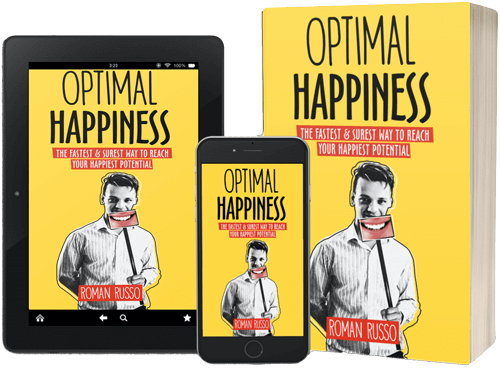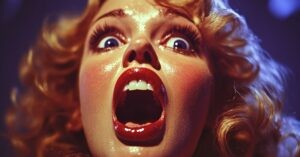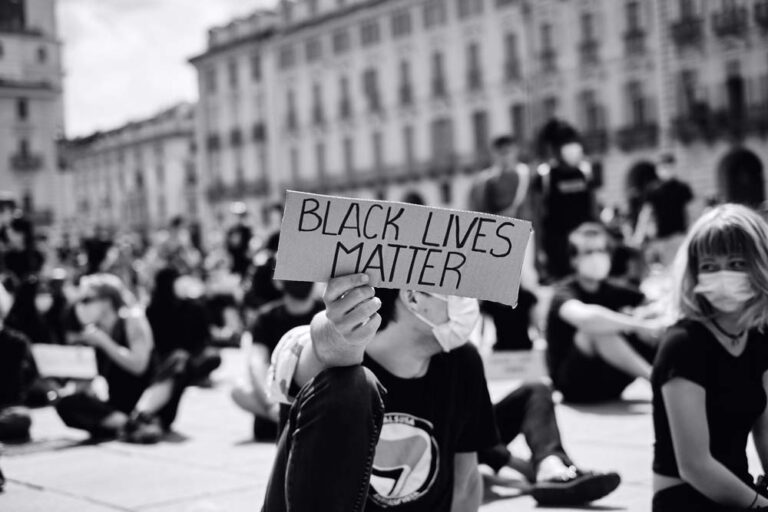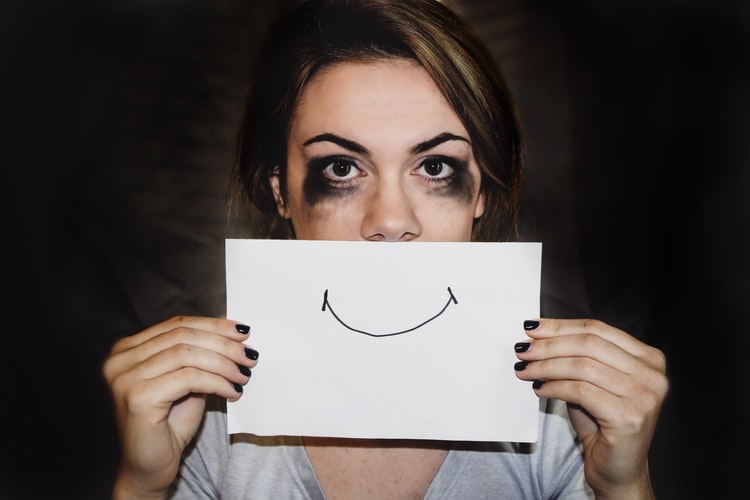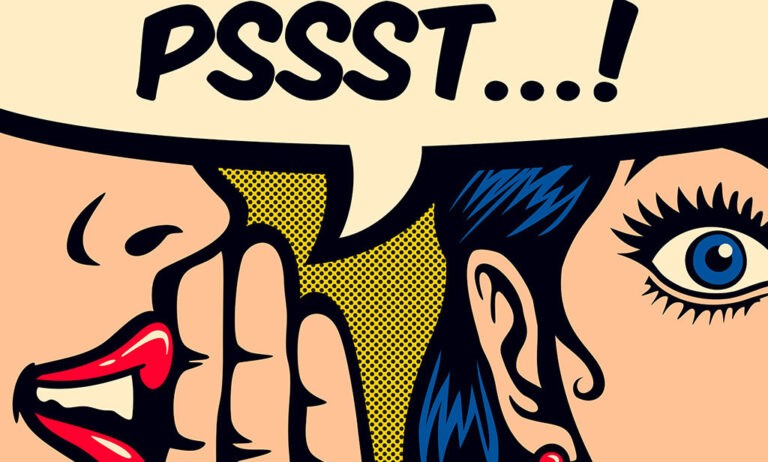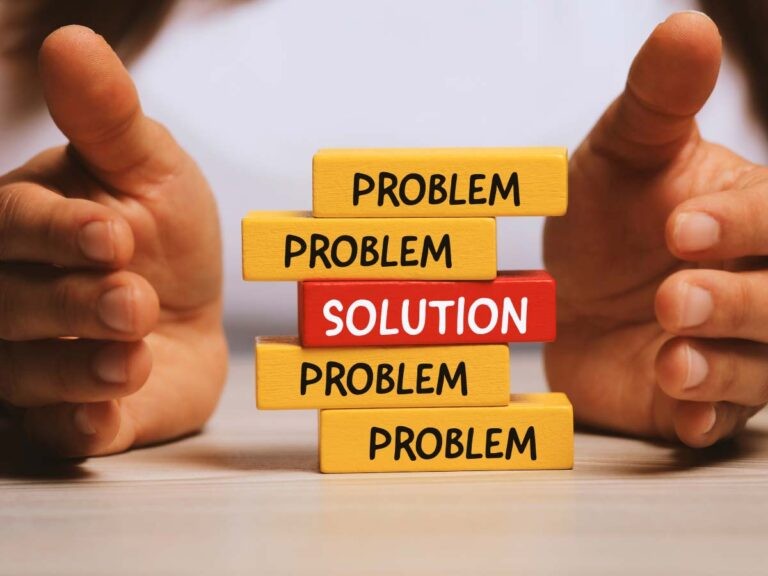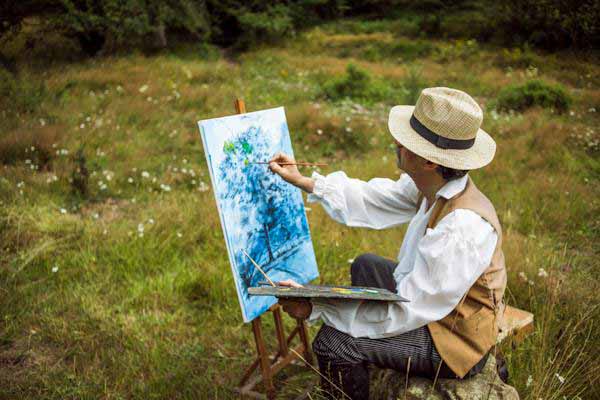
Throughout this blog, we have stated that positive emotions trump negative ones almost in every area of life. However, in the creative domain of art, people report creating better masterpieces precisely when they feel negative. Specifically, many artists attribute some of their best creations, such as music, paintings, and poems, to a negative state of mind.
But is it all real? Is there a relationship between negative emotions and creativity? And most importantly, can art therapy be an effective tool to cure negative emotions, while as the same time contributing to creation of amazing art?
Famous Artists Inspired by Negative Emotions
Edvard Munch is a Norwegian painter, best known for his painting The Scream. His wikipedia page starts with not so lively description of his mental state, as “his childhood was overshadowed by illness, bereavement and the dread of inheriting a mental condition that ran in the family.” This negativity continued throughout his life, whereas he was incentivized to express this negativity in his painting, giving birth to iconic paintings, as already mentioned The Scream, The Frieze of Life, and Vampire.
Munch himself believed that his negativity was the fuel for his art, even rejecting getting married as he suspected it could make him happy. However, given the fact that he spent most of his life being depressed, we can’t know what could have been if he painted when he had positive emotions.
Similarly, Vincent van Gogh’s life was also marked by mental illness, depression, poverty, and suicide at 37. During this time, he created about 2,100 artworks, including around 860 oil paintings. The Starry Night, Bedroom in Arles, Still Life, and many other of his paintings were created during these days when the negative emotions were the strongest, especially during the last two years of his life.
As such, some art critics today believe that his creative genius came from his negativity, which gave him the title of one of the best artists in history.
Lastly, in music, Tim Bergling, known by his stage name Avicii, is a Swedish DJ known for many of his top charts hits, including Wake Me Up, Waiting For Love, and The Nights. He was arguably one of the most successful people in popularity in his niche in music, as he had the life many people desire.
Still, behind his fame lay a terrible story shown in the documentary Avicii: True Stories. This is a story of physical and mental health struggles, which eventually leads to his suicide at the age of 28. If you listen carefully to Avicii’s rhythmic and music, you can hear how much his internal state dictated much of the music.
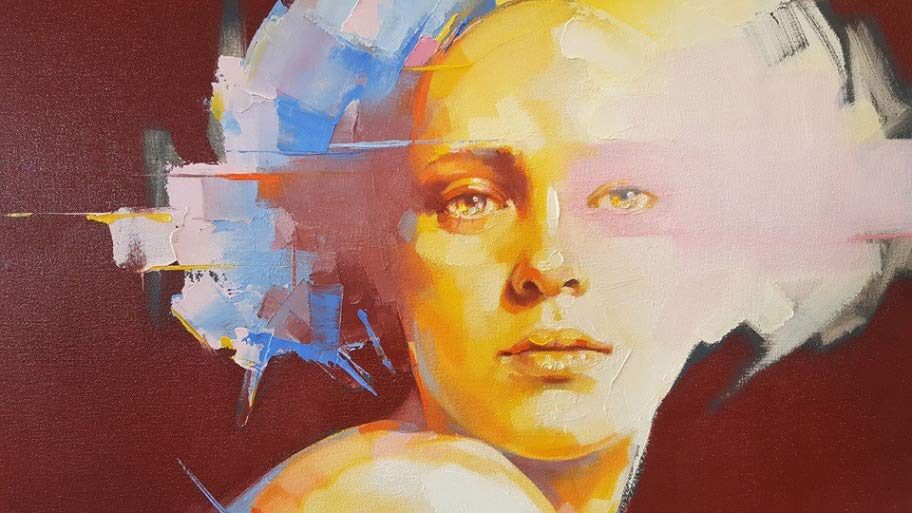
Famous Happy Artists Creating Positive Emotional Masterpieces
Yet, not all art was done in a negative state of mind. Countless artists sing about the beauty of life and paint beautiful sunrises. This alone states that negativity is not a single requirement to create great art.
Artists can be in different states of mind, and they will create other creations, which often results from their emotional worldview. Said, we can be positive and negative and still create fantastic art.
Still, the number of artists who attribute success to creation to their negative state of mind is grand and requires further exploration. This makes us wonder why is there so much focus on negative art?
Negative Art Appeals to a Negatively Framed Mind
They say that beauty is in the beholder’s eyes, which can be connected to the positive and negative state of mind of the beholder. As such, negatively framed minds can appreciate better art, which expresses negative emotions, and the reverse for the positive art and state of mind.
It is the same mechanism as we see with compassion. It is practically more comfortable (and more genuine) to be compassionate with someone experiencing negative emotions if we are negative, especially if we went through a similar negative experience ourselves. Oppositely, if someone is happy, it can make a negatively framed person feel misunderstood, unappreciated, and disconnected since this positivity defies this person’s negative state.
This also holds for positively framed people, who can completely miss a negative undertone of negative framed art. It is also why negatively framed people can appreciate negatively framed art better.
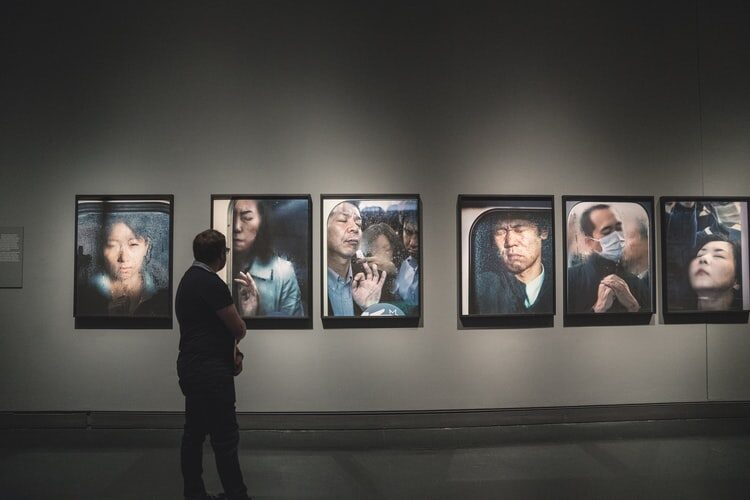
The Art Therapy Hypothesis
Looking back at Edvard Munch, Van Gogh, and Avicii, it seems to me that these artists escaped in their respective art almost as a form of therapy. I mean, personally I see writing as a form of treatment. This is perhaps why journaling is such a great way to process emotions.
Additionally, people can eat, do sports, go shopping, and talk to others all as a form of therapy. In this way, art is also known to be a great form of therapeutic self-expression, which people can go to in order to process their negative emotions,. Still, art therapy is just one of many ways to process emotions. It just seem to be better tailored for creative expression and therefore more suitable for certain people.
Moreover, in the case of Edvard Munch and Van Gogh, they did their art almost as a form of escape from the world. They wanted to escape from their negative emotions and life problems, and therefore they painted if this made them famous and paid for their bills, the better.
Some People Are Just More Creative
If you ever did the Myers-Briggs 16 personality test, you may know that some are naturally more creative than others. This is normal, natural, and pre-defined by our psychology and biology. As such, you could have been born left-brained, which would make you more logical, or you could be more right-brained, which would make you more creative.
You can’t change this, and this will be your most defining characteristic of your life. As such, you can ruin someones psychology if you put a creative person in a logical person’s work and vice versa. This is old news in psychology.
The new news is that right-brained people are statistically more vulnerability to experience negative emotions compared to their logical counterparts. This makes sense since creative people seem to be more connected to their emotions, the positive and negative extremes, while logical people experience life with less emotional intensity.
This is all relative term, of course, as this whole article is. Still, the creative genius is not diminished by our state of mind, but negative emotions can kill any motivation to do anything, including creating wonderful art.
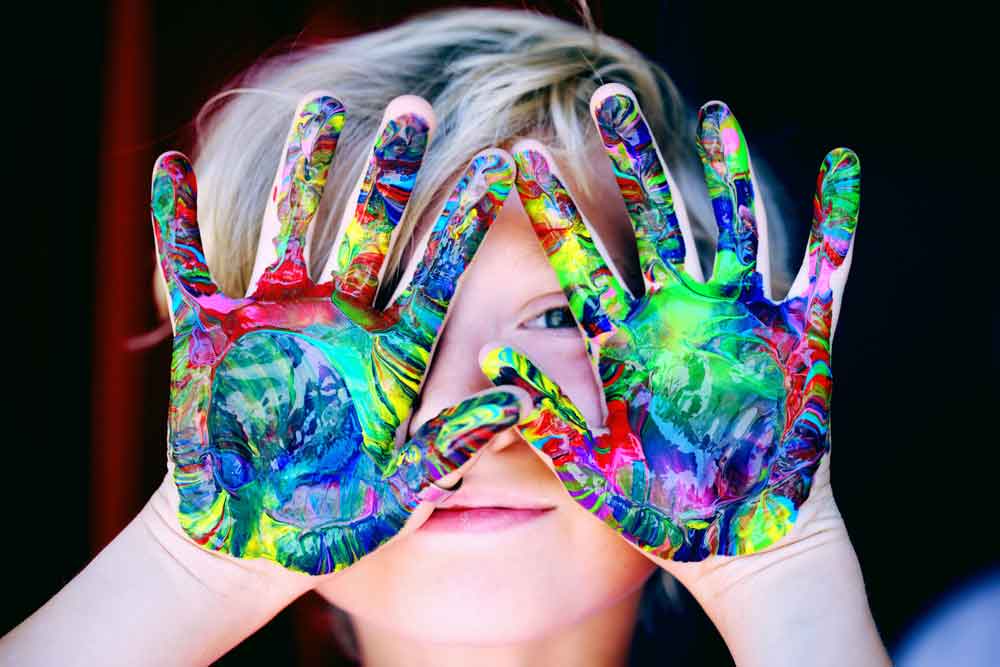
Benefits of Positive Thinking on Artistic Endeavor
Lastly, Barbara Fredrickson, an American professor and author of Positivity, framed a Broaden-and-Build Theory of Positive Emotions. She states that negative emotions’ primary function is to narrow our mind and focus it on the problem at hand.
Contrarily, the primary role of positive emotions is to broaden our spectrum of possibility (which is why it is called Broaden-and-Build Theory). In other words, according to Fredrickson, we are less creative in a negative state of mind compared to the positive one.
Theoretically and generally speaking, we make better art while we are optimistic because we are more creative. This is not to say that we can’t be creative and inspired in a negative state of mind, but it is that much difficult.
Indeed, some of the most profound inspiration comes when people want to process negative emotions. Artists feel negative and want to get rid of these emotions, so they express their best, favorite, or most convenient way possible. This can lead to some of the best works of art, such as Munch, van Gogh, and Avicii.
It can also lead to inaction and other unhealthy behaviors, leading people to an early grave. Just imagine how much more we could have gotten of van Gogh and Avicii if they lived to old age. Simply said, negative emotions in the right hand can lead to some of the most impressive pieces of art, but in most cases, it leads to a loss of human potential.
